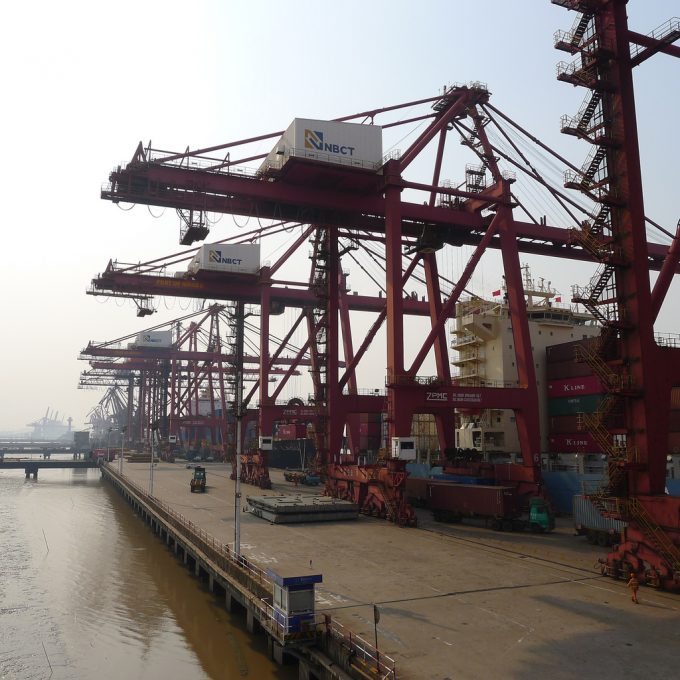Transpacific contract rates rise on Trump’s fickle policies
Shippers exasperated with the constant flip-flops in the Trump administration’s trade policy have agreed to ...

Container spot rates across the board fell this week, according to today’s reading of the Shanghai Containerized Freight Index (SCFI).
Overall, the index shed 4.8% as all but a few minor routes saw spot rates tumble.
The biggest losses were on the transpacific, where both the two US components of the SCFI lost value.
For the west coast, rates plunged 11.8%, to $1,351 per 40ft, which is 47% below the level of the same week of 2018. However, then, rates were spiked by ...
'Disastrous' DSV-Schenker merger would 'disrupt European haulage market'
'Chaos after chaos' coming from de minimis changes and more tariffs
List of blanked transpac sailings grows as trade war heats up and demand cools
Shippers in Asia restart ocean shipment bookings – but not from China
India withdraws access for Bangladesh transhipments, in 'very harmful' decision
'Tariff hell' leaves industries in limbo – 'not a great environment to plan'
Asian exporters scramble for ships and boxes to beat 90-day tariff pause
Temporary tariff relief brings on early transpacific peak season
Volumes set to 'fall off a cliff' as US firms hit the brakes on sourcing and bookings
Pre-tariff rush of goods from US to China sees air rates soar, but not for long
De minimis-induced ecommerce demand slump could cripple freighter operators
Forwarders 'allowing the fox into the chicken run' by supporting 'hungry' carriers
Hapag 'took the bigger risk' when it signed up to Gemini, says Maersk
Navigating tariffs: 'like trying to solve a Rubik's cube while colour-blind'
'Restoring America's maritime dominance' – stop laughing at the back of the class

Comment on this article